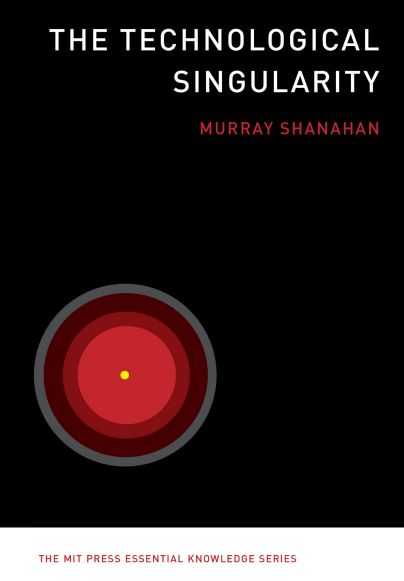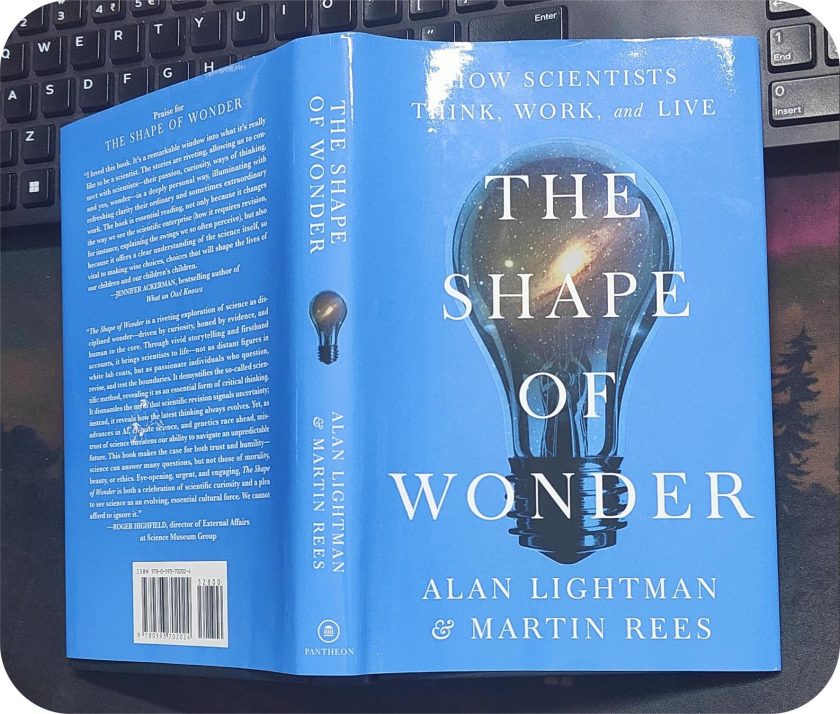
The Technological Singularity by Murray Shanahan hovers around a hypothetical event that is, a time in the future when AI has totally eclipsed human intelligence. What then?
There will be an exponential progress in technology that’ll create a future too difficult to predict.
Some experts, however, suggest that AI then can solve some of the world’s most pressing problems such as climate change, disease, and poverty. While others believe that the singularity could lead to the end of humanity as we know it.
In terms of work market, automation and AI could engulf major job chunk. While on the other hand, another possibility waits, which could be – AI creating new industries and job opportunities that do not currently exist.
Hollywood movie, Her, could become a reality as far as human relationships are concerned. Does that mean AI might provide companionship? Yes, and why not. But replacing human relationships, is doubtful.
Over-reliance on technology and a sedentary lifestyle could make humanity’s life somewhat like Pixar’s WALL-E. These are just possible scenarios coming from the creative minds. Minds that like to explore the unchartered zones because technology is always work is progress.
Inquire into the possibility of AGI
In The Technological Singularity, Shanahan too is trying to inquire into the possible outcome of the rise of AI and the impact that it might have on an individual level and societal level. The book explores two possible approaches to reaching artificial general intelligence (AGI):
- the first is inspired by biology, and
- the second is, engineered from scratch.
AGI from brain emulation
The biological approach suggests the idea of whole brain emulation. This includes developing the basic building block of brain artificially. Creating artificial neurons and dendrites will initiate the process of mimicking biological brain. Followed by copying the structure and function of biological brains only to create AGI.
Engineering brain through this path allows for modifying specific structures and cranial regions. For instance, by tweaking prefrontal cortex one can enhance performance of higher cognitive functions.
AGI from scratch
The second approach involves engineering AGI from scratch. This approach comprises two processes: machine learning and optimization.
Machine learning involves creating probabilistic models of the world and then using them to make predictions.
While optimization refers to looking out for actions that make the best use of the reward function of these models.
By repeating this process, AGI systems can continually refine their models and actions, leading to improved performance over time.
Superintelligence is achievable
Shanahan’s point about reaching superintelligence is quite achievable.
“Unlike a biological brain, a digitally realized brain emulation can be copied arbitrarily many times. And unlike a biological brain, a digital brain can be speeded up.” (p 86.)
He argues that superintelligence will occur shortly after achieving AGI, citing the logic that duplicating algorithms is a relatively small task compared to achieving general AI.
Possible implications of the technological singularity
Shanahan then shifts his focus to the potential consequences of the technological singularity. He considers both dystopian and utopian outcomes of the technological singularity, giving equal weight to each.
For example, when discussing individual-level consequences, he raises thought-provoking questions such as:
- are we looking forward to the future AIs as our servants or equals?
- to what extent is self-awareness necessary for an AI with human- or superhuman level intelligence? and
- do we want general AI to experience emotion and empathy?
Although Shanahan does not provide definitive answers to these questions, he persuasively explores a range of possible scenarios.
By taking both sides into consideration, he encourages readers to think deeply about the possible consequences of the technological singularity. And the role they may play in mapping the future.
At the social milieu, the author hints at the possibility of AI disrupting the man-made societal concepts like ownership, citizenship, democracy, and responsibility.
“For humans, there are only two such events, namely birth and death. But not only can AIs be created, destroyed, and duplicated, they can also be split and merged….. Conversely, two (or more) AIs could be merged into one by the opposite sort of process, by combining skills, powers, senses, or memories.” (p 185)

Takeaway
The author, intentionally has not provide any definitive answers to the possible outcomes of AGI. All these questions are implications for readers to consider the vast and complex outcome of the technological singularity.
Although it is important to consider the potential negative impacts of the singularity, it is also vital to remember that the future is not predetermined.
Over all, the book is a fast paced read. Maybe through this book, Shanahan wants to introduce complex and fascinating world of general AI and its potential impact on society.



